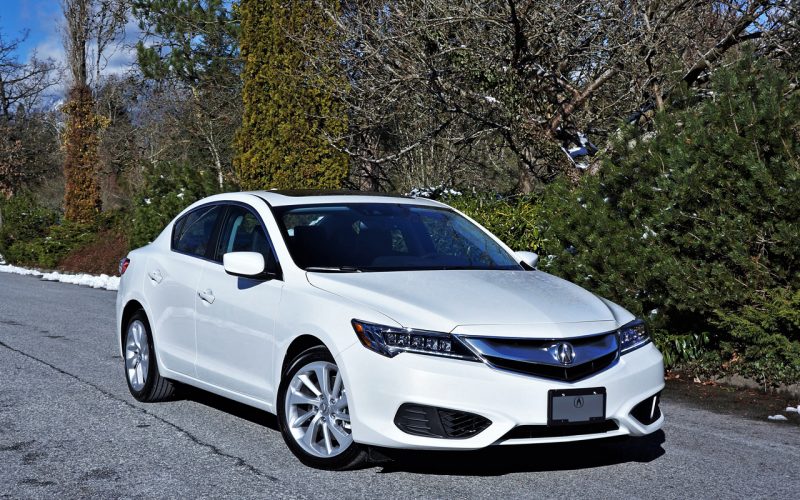
Reading Time: 10 minutesThe entry-level luxury car segment is different than most others in the industry. Unlike the larger
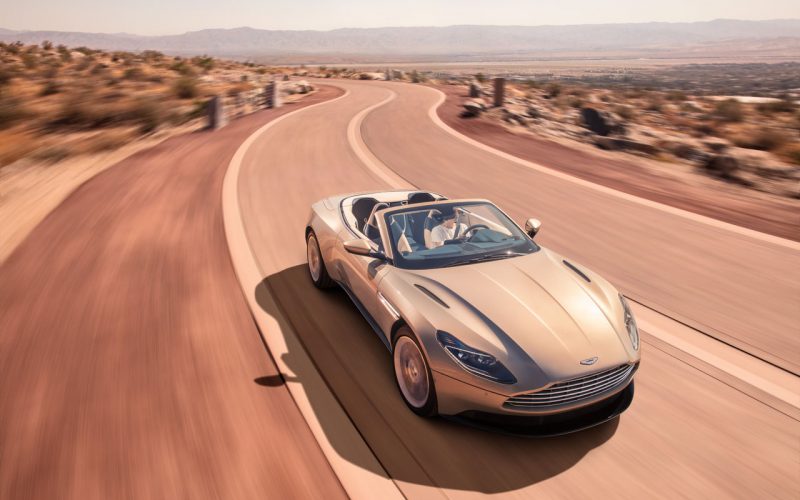
Reading Time: 6 minutesAston Martin has been revising its entire model range in recent years, with a dynamic new
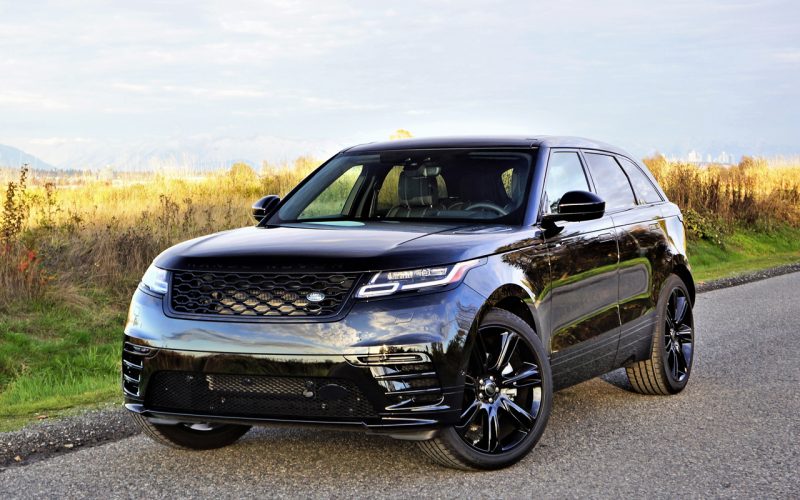
Reading Time: 12 minutesBritain’s Jaguar Land Rover (JLR) group is on an unprecedented growth curve, mostly due to an
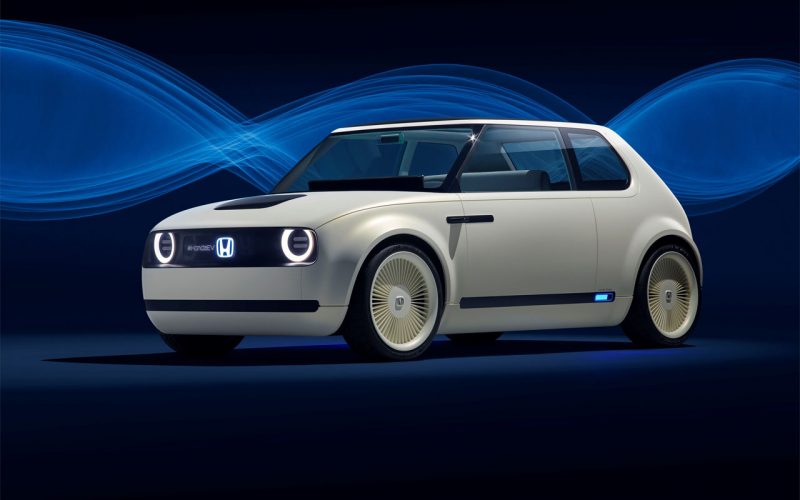
Reading Time: 5 minutesMany concept cars deserve to be built, but few actually see the light of day. Apparently
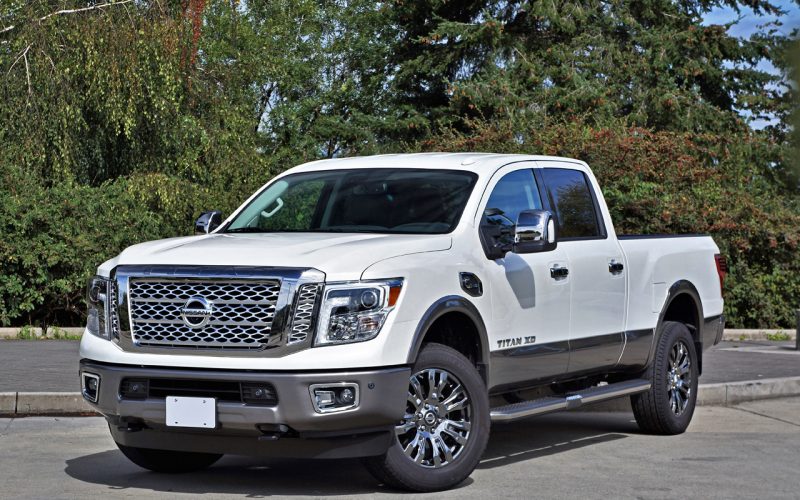
Reading Time: 15 minutesAnyone still questioning whether the full-size pickup truck market is a tough nut to crack for
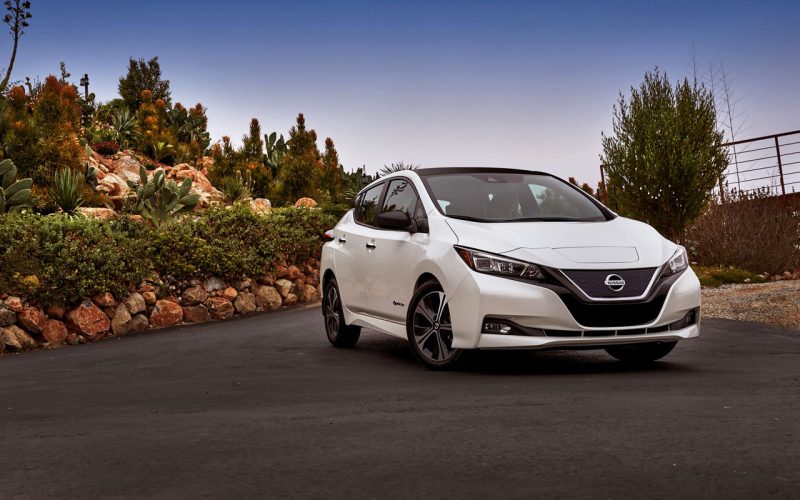
Reading Time: 4 minutesAfter achieving its best sales results ever in 2017, Nissan Canada has yet another sales milestone
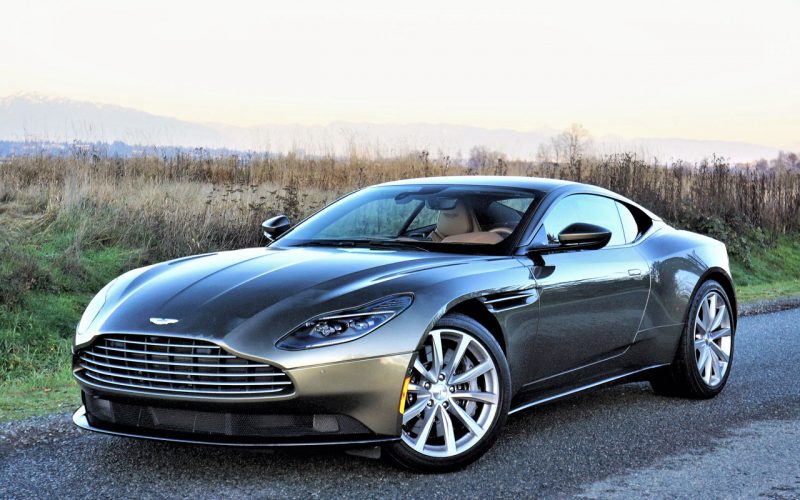
Reading Time: 12 minutesMore than a year has passed since I drove Aston Martin’s then new 2017 DB11 Launch
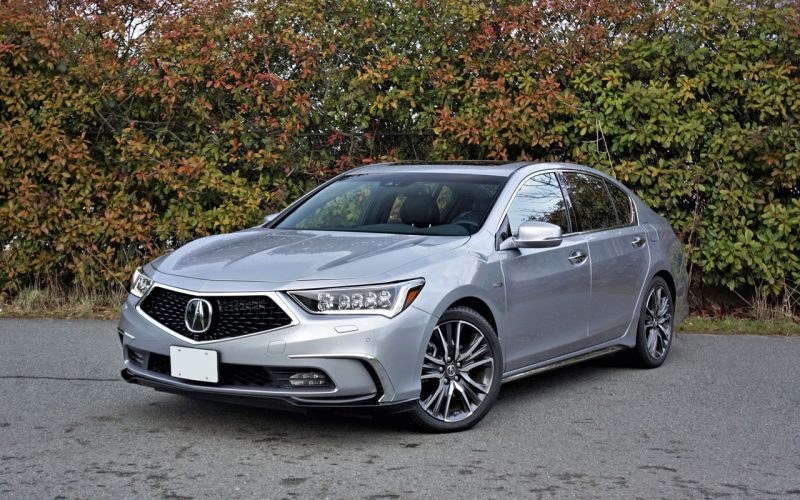
Reading Time: 9 minutesAcura’s dramatic new “Diamond Pentagon” grille is making sweeping changes to the way its entire lineup
© 2025 The Car Magazine. All Rights Reserved, Privacy Policy | Terms of Use